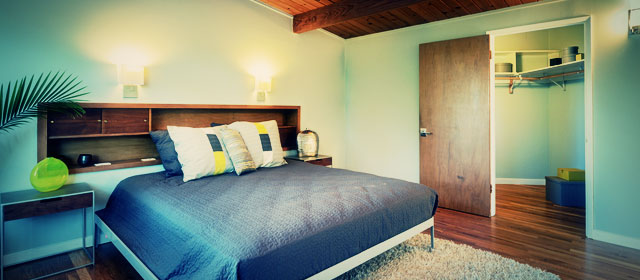The Benefits of a Sober Living Home
Transitioning from inpatient drug or alcohol rehabilitation back to regular life can be a bit traumatic. Inpatient treatment provides a structured environment that is geared toward proper, long-term recovery, even though it requires limiting your freedoms for the time being. This structure also allows the space to be free from distractions and temptation.
Drug and alcohol rehab centers block out the triggers that are so prevalent in the world. Inpatient programs are a shelter in the storm, and can also have the inadvertent effect of making someone sheltered. Leaving a healing environment like an inpatient drug or alcohol treatment program for the outside world comes as a shock to many people, creating a stressful transition.
A sober living home is the perfect step between a rehabilitation program and regular life. A sober living home offers an environment that is less structured than an inpatient rehabilitation program, as residents are free to come and go whenever they want, although there typically is a curfew. And it goes without saying that absolute sobriety is mandatory, as in recovery.
The National Institute on Drug Abuse recommends that recovering addicts live in a sober home for at least three full months, but you are welcome to stay at the home for as long as you need. There is no clear-cut path to long-term, sustained recovery. Although we know what steps are proven to be helpful, how long a person needs in inpatient rehabilitation treatment or in a sober home varies greatly, and that in no way reflects on the person. Everyone is different.
In a sober living home, you are surrounded by people who share a key life experience with you, who understand the struggles of addiction and what it takes to succeed in recovery. Whether a person is in recovery or not, having a strong social network is invaluable. It is no small wonder that social media apps have exploded in the past decade - everyone wants to connect. Sober living homes allow recovering drug and alcohol addicts to create a strong social bond, which has been proven to help sustained sobriety.
Living in a sober living home after an inpatient rehabilitation program is a gradual transition back into regular life and the stressors and triggers that live there. The flexibility of sober living homes allows people to leave whenever they are ready, without evicting before the person is ready to transition back into daily life, and without forcing the person to stay longer than they need.
If you need proof that a sober living home can greatly increase a person’s chances for sustained drug or alcohol addiction recovery, just look to the numbers. The Journal of Psychoactive Drugs says that sober living homes are crucial to recovery, and published a study that showed that abstinence rates improved by more than 50 percent among recovering addicts who entered a sober living home after inpatient drug and alcohol addiction treatment.







COMMENTS